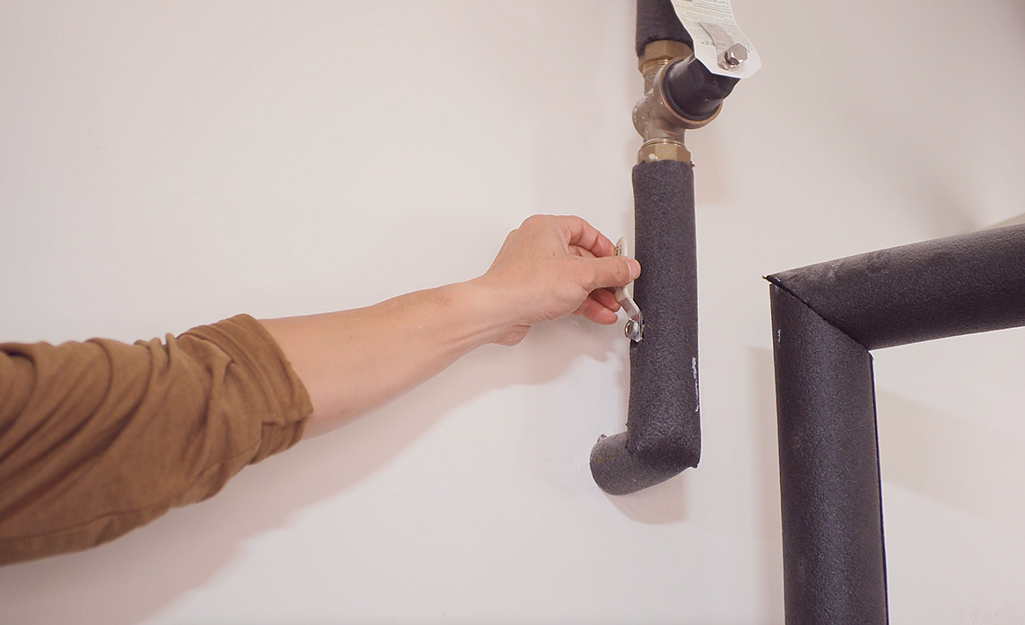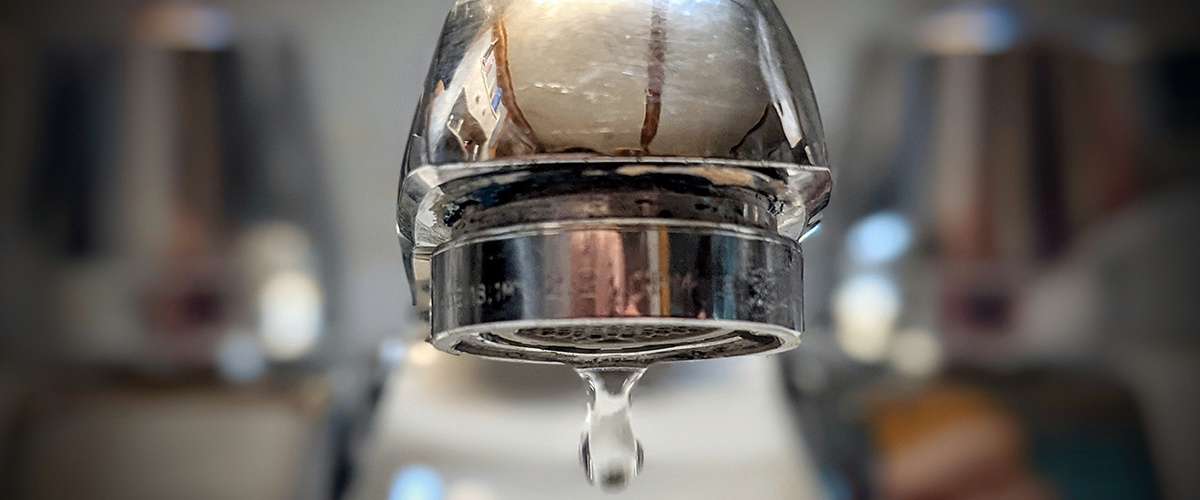My Motives Behind Correcting a Broken Faucet
My Motives Behind Correcting a Broken Faucet
Blog Article
What're your insights and beliefs about Water Dripping from Faucet: Why and How to Fix?

Leaking taps could look like a small aggravation, but their effect surpasses simply the annoyance of the noise. From wasting water to sustaining unnecessary monetary expenses and wellness threats, overlooking a trickling tap can bring about numerous effects. In this write-up, we'll look into why it's important to address this common household concern without delay and successfully.
Waste of Water
Environmental Influence
Leaking faucets add considerably to water wastefulness. According to the Epa (EPA), a single tap dripping at one drip per secondly can squander greater than 3,000 gallons of water annually. This not just strains water resources yet also impacts ecosystems and wild animals depending on them.
Financial Costs
Boosted Water Bills
Beyond the environmental effect, leaking taps can inflate water bills significantly. The gathered wastefulness over time equates into greater utility expenditures, which could have been prevented with prompt repairs.
Potential Residential Property Damages
In addition, long term trickling can result in damage to fixtures and surface areas bordering the tap. Water build-up can cause staining, deterioration, and also structural issues if left ignored, resulting in additional fixing expenses.
Health Problems
Mold And Mildew and Mildew Development
The constant visibility of moisture from a trickling faucet produces a perfect setting for mold and mold development. These fungi not just endanger indoor air top quality yet additionally position wellness risks, especially for people with respiratory system conditions or allergies.
Waterborne Illness
Stationary water in trickling taps can become a breeding ground for germs and other microorganisms, boosting the danger of waterborne illness. Pollutants such as Legionella germs prosper in stagnant water, potentially resulting in major illnesses when consumed or breathed in.
DIY vs. Professional Repair
Advantages and disadvantages of DIY Fixing
While some may attempt to repair a trickling faucet themselves, do it yourself repair work include their own collection of difficulties. Without proper expertise and tools, do it yourself attempts can aggravate the problem or bring about insufficient repairs, extending the trouble.
Benefits of Employing a Specialist Plumber
Hiring an expert plumber makes certain that the underlying reason for the leaking tap is resolved properly. Plumbings have the expertise and equipment to diagnose and repair faucet issues efficiently, saving time and minimizing the threat of additional damages.
Step-by-Step Guide to Repairing a Dripping Faucet
Tools Called for
Prior to attempting to repair a dripping tap, collect the essential devices, including an adjustable wrench, screwdrivers, substitute parts (such as washing machines or cartridges), and plumber's tape.
Typical Faucet Issues and Their Solutions
Recognize the kind of tap and the particular issue causing the drip. Typical problems consist of worn-out washers, rusty valve seats, or damaged O-rings. Refer to maker instructions or on the internet tutorials for detailed advice on repairs.
Safety nets
Normal Maintenance Tips
To prevent leaking taps, execute routine maintenance such as cleaning up aerators, checking for leakages, and replacing worn-out parts quickly. Furthermore, think about mounting water-saving devices or upgrading to a lot more reliable components.
Relevance of Prompt Services
Addressing trickling taps as quickly as they're discovered avoids further water wastefulness and possible damage, ultimately conserving both water and cash in the long run.
Influence On Home Worth
Understanding of Well-Maintained Home
Maintaining a property in good condition, consisting of addressing upkeep problems like dripping faucets, boosts its perceived value and charm amongst potential purchasers or occupants.
Impact on Resale Value
Residences with properly maintained plumbing components, including faucets, command greater resale worths in the property market. Addressing dripping faucets can contribute to a positive perception throughout building inspections and arrangements.
Ecological Duty
Private Contribution to Conservation
Taking duty for dealing with leaking faucets straightens with more comprehensive efforts towards water preservation and environmental sustainability. Every person's actions jointly make a substantial effect on maintaining valuable sources.
Sustainable Living Practices
By prioritizing prompt repair services and adopting water-saving routines, individuals contribute to lasting living practices that benefit both existing and future generations.
Conclusion
Dealing with a trickling tap exceeds mere ease; it's a necessary action toward conserving water, reducing monetary costs, and safeguarding health and residential or commercial property. Whether via do it yourself repairs or professional assistance, taking action to fix dripping taps is a tiny yet impactful means to promote accountable stewardship of resources and add to a much healthier, much more sustainable future.
How to Fix a Leaky Faucet: Step-by-Step Repair Guide
A leaky faucet may seem like a simple annoyance, but if it's not fixed promptly, that leak could cost hundreds to potentially thousands. From water damage to mold, mildew, and high water bills, even a tiny leak can be catastrophic if left unattended. Damage like this can even affect the overall value of your home, so it's important to take the right approach for leaky faucet repair. You may need the help of a plumber in some cases, but we've got a few tips you can try on how to fix a leaky faucet before calling the pros.
Four Faucet Types
When you're learning how to fix a leaky faucet, the first step is knowing what kind of faucet you're working with! There are four common types.
Cartridge Faucets
Cartridge faucets come in one- or two-handled varieties. In one-handled cartridge faucets, hot and cold water combines in a single cartridge. In the two-handled versions, hot and cold water are controlled separately and mixed in the faucet.
Ball Faucets
Ball faucets have a single lever you push up and down to adjust the pressure and rotate to change the temperature. A slotted metal ball controls the amount of water allowed into the spout.
Compression Washer Faucets
They're the oldest type of faucet, but they're still used in many homes — especially older ones. Compression faucets have two separate handles that, when turned, raise or lower the washer that seals a water valve. This valve stops water from flowing through the faucet when it is turned off.
Disc Faucets
Disc faucets rarely need to be repaired due to their maintenance-free design. The water flow is controlled by two discs — the upper one raises and lowers against a fixed lower disc, creating a watertight seal. If your disc faucet starts leaking, you may need to replace the seals or clean residue buildup from the inlets.
Fixing a Leaky Faucet
Step 1: Turn Off the Water
Whether you're learning how to fix a leaky bathtub faucet or how to fix a leaky kitchen faucet, always turn off the water supply to your working area when you're fixing a leak. The last thing you want is a flood added to your list of things to fix.
Look for the shutoff valves below your sink or around the tub and turn them clockwise to stop the water flow. If your faucet doesn't have shutoff valves, you may need to turn off the water for the whole house. Check to make sure it's off by turning the faucet on. If nothing comes out, you're ready to start the repair.
Step 2: Take Apart the Faucet
How you disassemble your faucet depends on the type of fixture you have. You can use a flathead screwdriver to remove the caps on top of the handle or handles for cartridge and compression faucets. Inside, you should see handle screws. Unscrew these with a screwdriver to remove the handle.
Disc- and ball-style faucets will typically have an inlet screw near the handle, and removing that will reveal the interior of the faucet.
Detach the Valve Stem
For cartridge- and compression-style faucets, you'll see the inner valve stem or cartridge once you remove the faucet handles. If you have a compression faucet, unscrew the brass valve stem. If you have a cartridge faucet, pull out the cartridge. If your cartridge has been in place for a while, it may require some tools or extra force to remove it due to mineral deposits.
Examine and Replace Parts
Once you've removed the parts, check them out to confirm what needs to be replaced. You may see corroded rubber washers, O-rings, stems, or cartridges. On a ball-style faucet, check the seats and springs for damage.
If you need to repair a leaky disc faucet, check the inlet and seals on the lower disc.
Once you determine what parts must be replaced, visit your local hardware store. Bring the damaged parts with you to ensure you can purchase the correct components to replace them.
Clean Valves and Faucet Cavity
If you've removed a stem or cartridge, you may notice mineral buildup in the faucet's threads. Use white vinegar to clean the valve seat by soaking it for a few minutes, then scrub it away with a soft toothbrush and rinse with warm water. You can also clean the interior of the faucet in the same way.
Reassemble the Faucet
Once your faucet is cleaned and the required parts have been replaced, it's time to reassemble it. Put the pieces back together and slowly turn the water supply back on. Doing this slowly is crucial because too much initial water pressure can damage the new hardware you've just installed.
https://homewarranty.firstam.com/blog/how-to-fix-leaky-faucet

Do you like reading up on Water Dripping from Faucet: Why and How to Fix? Post a short review below. We'd be glad to see your suggestions about this content. Hoping to see you back again later on. Do you know about anybody else who is in to the subject? Be sure promote it. Thanks a lot for your time spent reading it.
Report this page